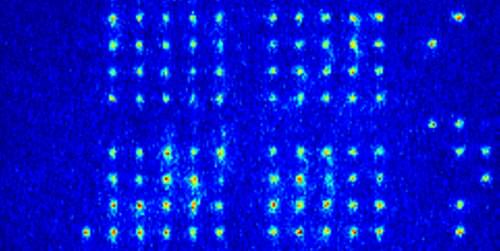Scientists are calculating earthquake risk using an ISI-created system that automates and manages data-and compute-intensive research.


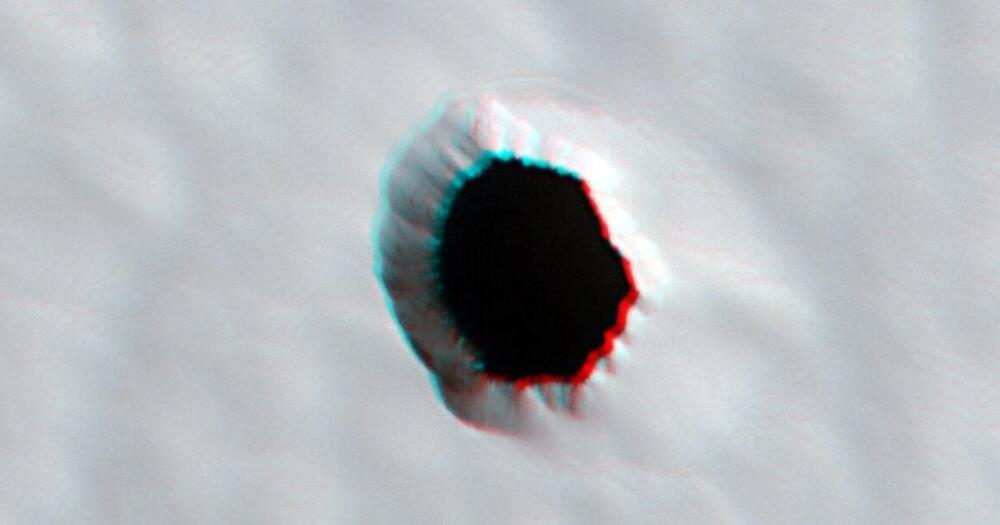
Link :
NASA’s Mars Reconnaissance Orbiter (MRO) has discovered another intriguing formation on the planet’s barren surface.
As spotted by Universe Today, the spacecraft captured this image of a satisfyingly circular pit — and what its dark, yawning entrance leads to remains a question high on the minds of Mars scientists.
The image, “acquired to determine if any underlying void … and associated faults” were in the region, was taken with the High-Resolution Imaging Science Experiment (HiRISE) camera, a powerful lens capable of detailing the Martian surface in both visible and near-infrared light.

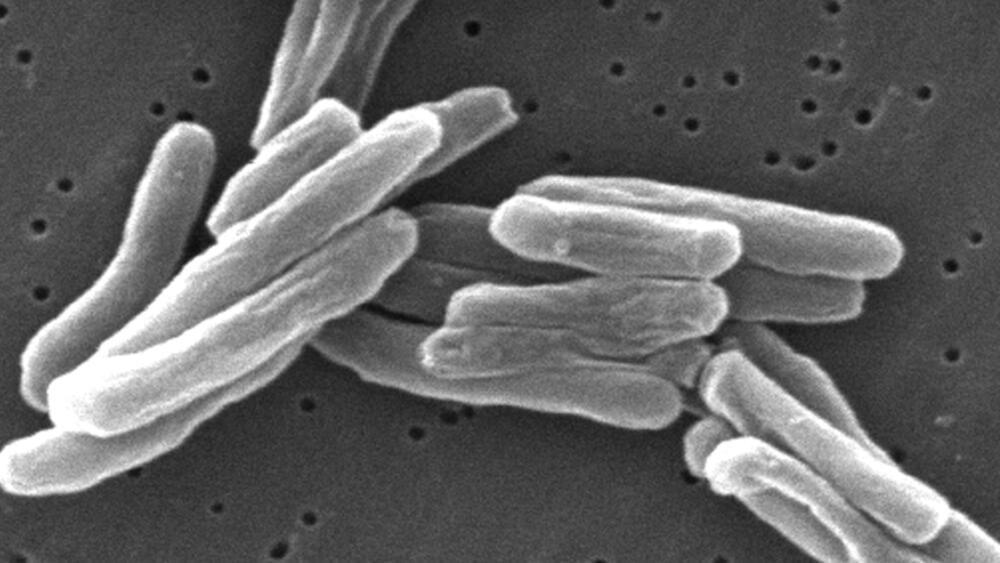
Editor’s note: This article is part of a collection of expert commentaries. You can read the rest of the series here.
It is true that the next pandemic is a matter of “when,” not “if.” The statistical certainty of a future pandemic has led to increasing research into potential pandemic pathogens so that we may create lifesaving countermeasures. Such research, unfortunately, also carries a risk of bringing about exactly what it seeks to prevent. Human error or even deliberate action is as likely to be the cause of the next pandemic as natural origin. Such concerns have intensified after the COVID-19 pandemic, which a significant percentage of the US population, at least, believes began with a research accident, one of the two main pandemic origin theories, with the other being the jump of a virus from animals to people. The question then for governments and the research community is how to build confidence in the valuable work that scientists do through appropriate regulation.
While research with favorable risk-benefit profiles must be facilitated, high-risk research of either limited benefits or benefits for only a limited few must be seen through a different regulatory lens.
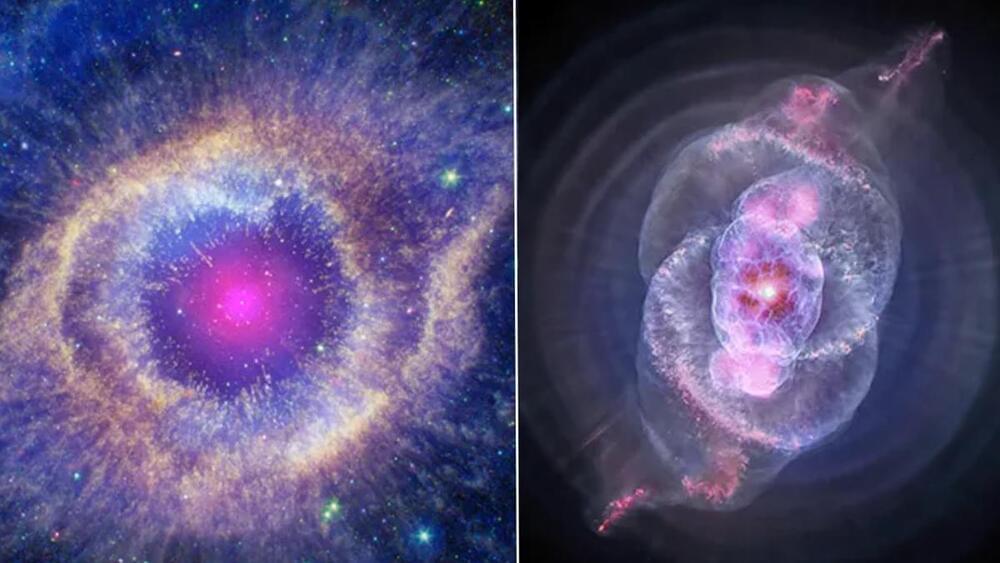
To use the Instagram Chandra experience, search for the “NASAChandraXray” account. Select the effects options (the tab that looks like three four-pointed stars) and select the one you want. Then, you can either save the effect to your camera and apply it to your stories, or you can select the “Try it” button for instant access.
Related: Peer inside remnants of an 800-year-old supernova and see a ‘zombie’ star
“We are excited to bring data from the universe down to Earth in this way,” Kimberly Arcand, Chandra X-ray Center visualization and emerging technology scientist, said in a statement. “Enabling people to access cosmic data on their phones and through AR brings Chandra’s amazing discoveries literally right to your fingertips.”

Google has accidentally collected childrens’ voice data, leaked the trips and home addresses of car pool users, and made YouTube recommendations based on users’ deleted watch history, among thousands of other employee-reported privacy incidents, according to a copy of an internal Google database which tracks six years worth of potential privacy and security issues obtained by 404 Media.
Individually the incidents, most of which have not been previously publicly reported, may only each impact a relatively small number of people, or were fixed quickly. Taken as a whole, though, the internal database shows how one of the most powerful and important companies in the world manages, and often mismanages, a staggering amount of personal, sensitive data on people’s lives.
The data obtained by 404 Media includes privacy and security issues that Google’s own employees reported internally. These include issues with Google’s own products or data collection practices; vulnerabilities in third party vendors that Google uses; or mistakes made by Google staff, contractors, or other people that have impacted Google systems or data. The incidents include everything from a single errant email containing some PII, through to substantial leaks of data, right up to impending raids on Google offices. When reporting an incident, employees give the incident a priority rating, P0 being the highest, P1 being a step below that. The database contains thousands of reports over the course of six years, from 2013 to 2018.
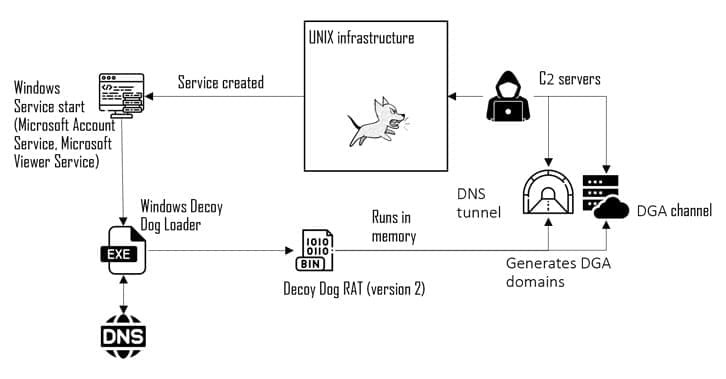
Russian organizations are at the receiving end of cyber attacks that have been found to deliver a Windows version of a malware called Decoy Dog.
Cybersecurity company Positive Technologies is tracking the activity cluster under the name Operation Lahat, attributing it to an advanced persistent threat (APT) group called HellHounds.
“The Hellhounds group compromises organizations they select and gain a foothold on their networks, remaining undetected for years,” security researchers Aleksandr Grigorian and Stanislav Pyzhov said. “In doing so, the group leverages primary compromise vectors, from vulnerable web services to trusted relationships.”

A massive trove of 361 million email addresses from credentials stolen by password-stealing malware, in credential stuffing attacks, and from data breaches was added to the Have I Been Pwned data breach notification service, allowing anyone to check if their accounts have been compromised.
Cybersecurity researchers collected these credentials from numerous Telegram cybercrime channels, where the stolen data is commonly leaked to the channel’s users to build reputation and subscribers.
The stolen data is usually leaked as username and password combinations (usually stolen via credential stuffing attacks or data breaches), username and passwords along with a URL associated with them (stolen via password-stealing malware), and raw cookies (stolen via password-stealing malware).

